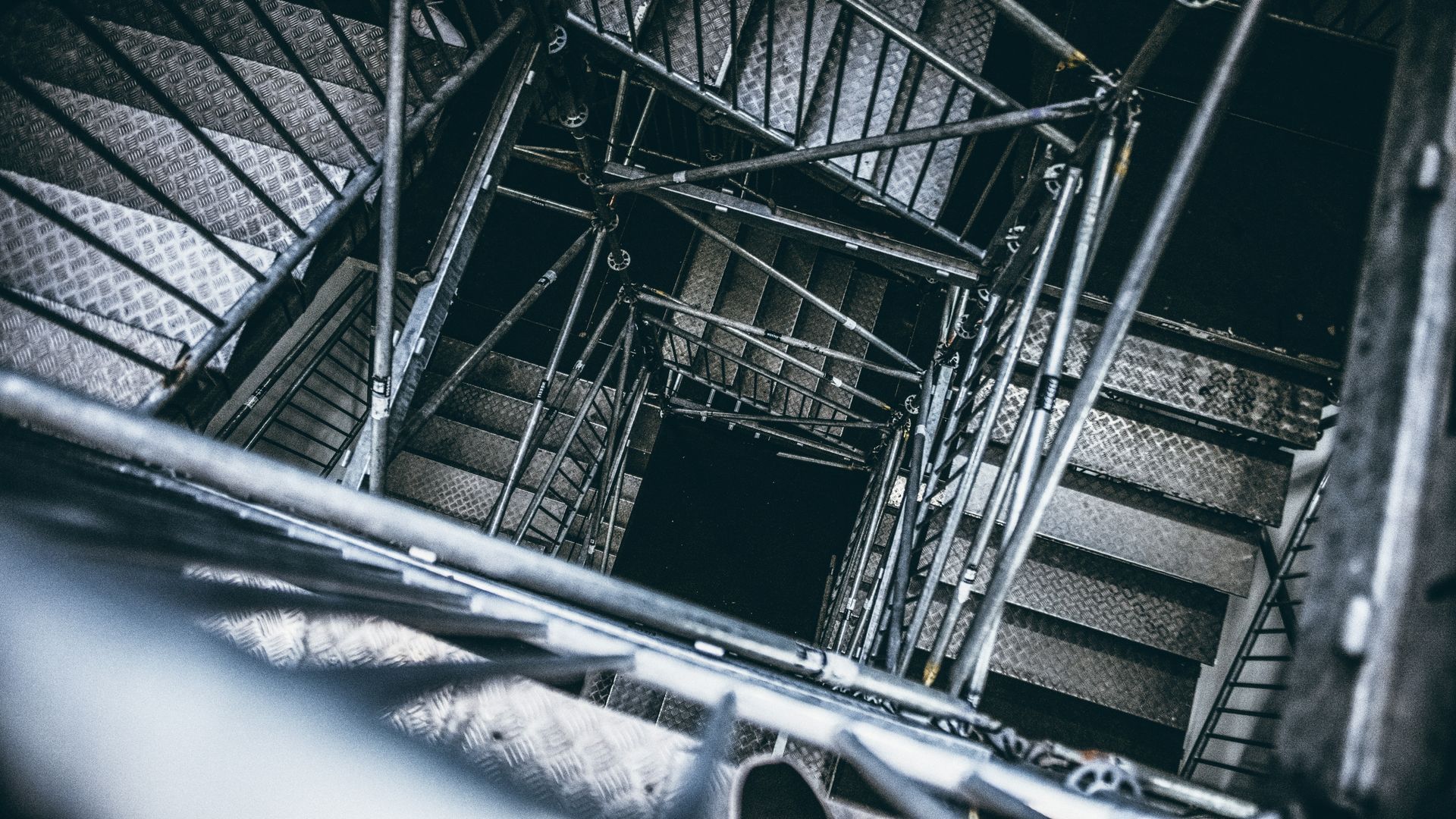Toll Free: (866) 215-0651
Local: (657) 900-2066
Preventive Maintenance vs. Corrective Maintenance: A Deep Dive into the Pros and Cons
In industrial settings, maintenance strategies are critical for ensuring operational efficiency, safety, and long-term cost savings. Two primary approaches dominate the field: preventive maintenance (PM) and corrective maintenance (CM). Choosing between them involves balancing costs, downtime, and equipment lifespan. This blog explores the technical aspects, advantages, and challenges of each strategy, providing plant managers and maintenance teams with insights to optimize their maintenance practices.
Understanding Preventive and Corrective Maintenance
Preventive maintenance is a proactive approach that involves scheduled inspections, servicing, and replacement of parts to avoid equipment failures. For example, replacing a conveyor belt or conducting routine HVAC inspections falls under PM. This approach minimizes unplanned downtime and extends equipment life.
In contrast, corrective maintenance is reactive, addressing issues as they arise. When a motor fails unexpectedly, or a pump breaks during operations, CM comes into play to restore functionality as quickly as possible. While this strategy minimizes upfront costs, it often leads to higher expenses in the long term due to emergency repairs and prolonged downtime.
Cost Implications
One of the most significant factors in choosing a maintenance strategy is cost. Preventive maintenance may require higher initial investments in labor and materials, but it can reduce overall expenses. According to a McKinsey report, planned maintenance costs are 30-40% lower than emergency repairs. By addressing issues before they escalate, PM prevents catastrophic failures that can halt production.
On the other hand, corrective maintenance appears cost-effective initially, as resources are only spent when necessary. However, emergency repairs often come with overtime labor charges, expedited part deliveries, and potential penalties for delayed operations. These costs can quickly add up, making CM less economical over time.
Downtime and Productivity
Downtime is a critical concern in industrial operations, and the maintenance strategy you choose significantly impacts productivity. Preventive maintenance reduces unplanned downtime by scheduling repairs and inspections during off-peak hours. Studies show that PM can lower downtime by 30-50%, ensuring smooth and predictable operations.
Corrective maintenance, while allowing uninterrupted operations until a failure occurs, often results in longer and more disruptive downtime when equipment unexpectedly breaks down. These delays can cascade through the production process, affecting delivery schedules and customer satisfaction.
Equipment Longevity
Preventive maintenance directly contributes to equipment longevity. Regular servicing and timely replacement of worn-out parts help machinery operate at optimal levels, extending its useful life. For example, a well-maintained industrial motor can last 15-20% longer than a neglected one.
In contrast, corrective maintenance focuses solely on repairing what is broken. This reactive approach can lead to accelerated wear and tear, as underlying issues are often ignored until they cause visible damage. Over time, this can shorten the lifespan of critical assets, necessitating costly replacements.
Safety and Compliance
Safety is paramount in industrial environments, and preventive maintenance plays a vital role in minimizing risks. By identifying potential hazards early, PM ensures equipment remains in compliance with safety regulations. For industries like oil and gas, adhering to standards set by OSHA and the EPA is essential to avoid fines and maintain a safe working environment.
Corrective maintenance, however, increases the likelihood of accidents. Equipment failures can lead to unsafe working conditions, exposing workers to injuries and companies to legal liabilities. OSHA studies indicate that workplaces relying heavily on CM face a 50% higher risk of accidents compared to those using PM strategies.
Flexibility and Resource Management
Preventive maintenance requires structured planning and consistent resource allocation. Maintenance schedules are carefully crafted to ensure minimal disruption to operations. This structured approach also facilitates better inventory management, as spare parts and materials can be stocked in advance.
Corrective maintenance, on the other hand, offers flexibility in resource allocation—until a failure occurs. At that point, the sudden demand for labor, parts, and expertise can strain resources, disrupting the workflow and creating bottlenecks.
Real-World Applications
Preventive and corrective maintenance strategies can be applied across industries, each with unique challenges.
- Manufacturing: Regular lubrication of robotic arms prevents jerky movements, while CM may involve fixing a conveyor motor after it fails.
- Oil and Gas: Pipeline inspections and cleanings prevent leaks, whereas CM addresses pump failures that halt extraction.
- Automotive: Calibrating assembly line robots ensures accuracy, while CM involves repairing welding robots producing faulty welds.
The Case for Preventive Maintenance
The advantages of preventive maintenance often outweigh the drawbacks, particularly in industries where downtime can cost millions. Consider these key benefits:
- Cost Savings: Planned maintenance costs are significantly lower than emergency repairs.
- Predictable Downtime: Scheduled maintenance avoids unexpected production halts.
- Safety: Reduced risk of accidents ensures compliance with regulations and protects workers.
While corrective maintenance remains essential for addressing unexpected issues, relying solely on a reactive approach can lead to costly consequences.
Key Statistics to Consider
- Unplanned Downtime: Costs an average of $260,000 per hour in industrial settings, according to Aberdeen Research.
- Failure Reduction: Preventive maintenance reduces equipment failures by 50-60%.
- Equipment Life: Proper maintenance extends machinery life by 15-20%, reducing capital expenditures.
Balancing Both Approaches
For most industrial facilities, the ideal maintenance strategy combines the strengths of both preventive and corrective approaches. Preventive maintenance forms the foundation, ensuring that most issues are addressed proactively. Corrective maintenance, meanwhile, acts as a backup for emergencies, ensuring swift responses when unexpected failures occur.
Final Thoughts
The choice between preventive and corrective maintenance isn't about selecting one over the other—it’s about striking the right balance. Understanding the costs, risks, and benefits of each approach allows plant managers and maintenance teams to optimize their strategies, reduce downtime, and ensure long-term operational success.











Share On: